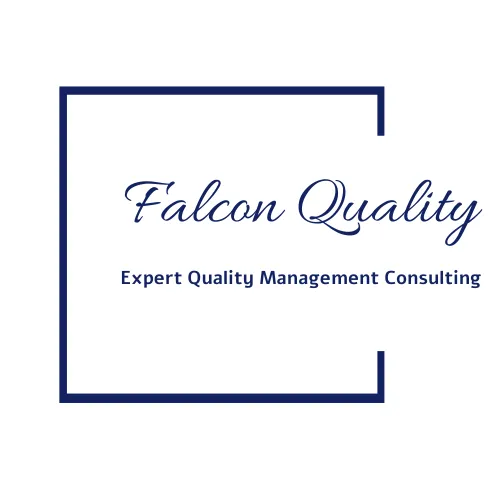
ISO9001 GAP Analysis Question 27 - Awareness of Policy and Objectives
To perform GAP analysis and verify compliance with Clause 7.3 on Awareness, you should check that your organization has implemented practices and documentation that ensure all relevant employees are aware of key aspects of the Quality Management System (QMS). Here’s a breakdown of how to verify each requirement:
Review Quality Policy Awareness
Start by examining how you communicate the quality policy to employees. Compliance in this area requires evidence that employees understand the organization’s quality policy, such as records of training sessions, onboarding materials, or regular meetings where the policy is reviewed. You may also consider conducting interviews or spot-checks with employees to confirm they can articulate the quality policy and its significance.
Confirm Awareness of Quality Objectives
Verify that employees are aware of and understand relevant quality objectives that pertain to their work. Compliance could be demonstrated by reviewing documentation showing how quality objectives are shared with employees, such as postings in the workplace, emails, or training sessions specifically focused on these objectives. Again, you might interview a sample of employees to ensure they can explain these objectives and how their roles support them.
Check Understanding of Contribution to QMS Effectiveness
To meet this requirement, employees should understand how their individual roles contribute to the effectiveness of the QMS and the benefits of improved performance. Review any training or awareness programs where this information is explained, as well as any assessments or discussions held with employees on the importance of their contributions. Evidence could include training records, team meeting notes, or communication materials outlining these contributions.
Evaluate Awareness of Non-Conformance Implications
Lastly, verify that employees understand the implications of not meeting QMS requirements. This could include reviewing materials that explain the consequences of non-conformance, such as a negative impact on product quality, customer satisfaction, or regulatory compliance. Documentation might include training sessions on QMS requirements, consequences highlighted in the quality policy, or disciplinary guidelines tied to non-conformance.
By systematically reviewing these areas, you can determine if your organization complies with the awareness requirements outlined in ISO 9001. You should be able to provide documented evidence that employees understand the quality policy, quality objectives, their contributions to the QMS, and the implications of non-conformance.